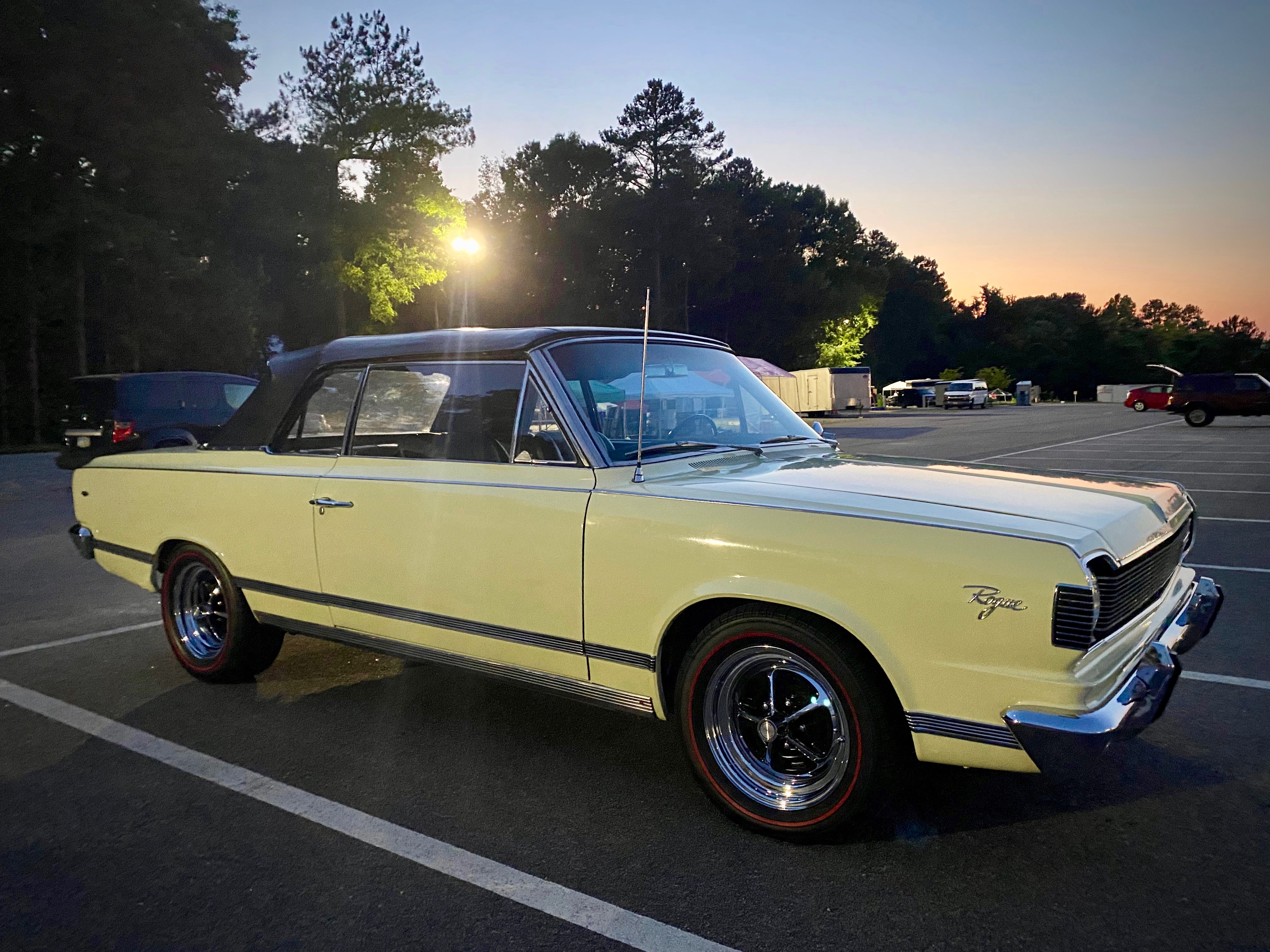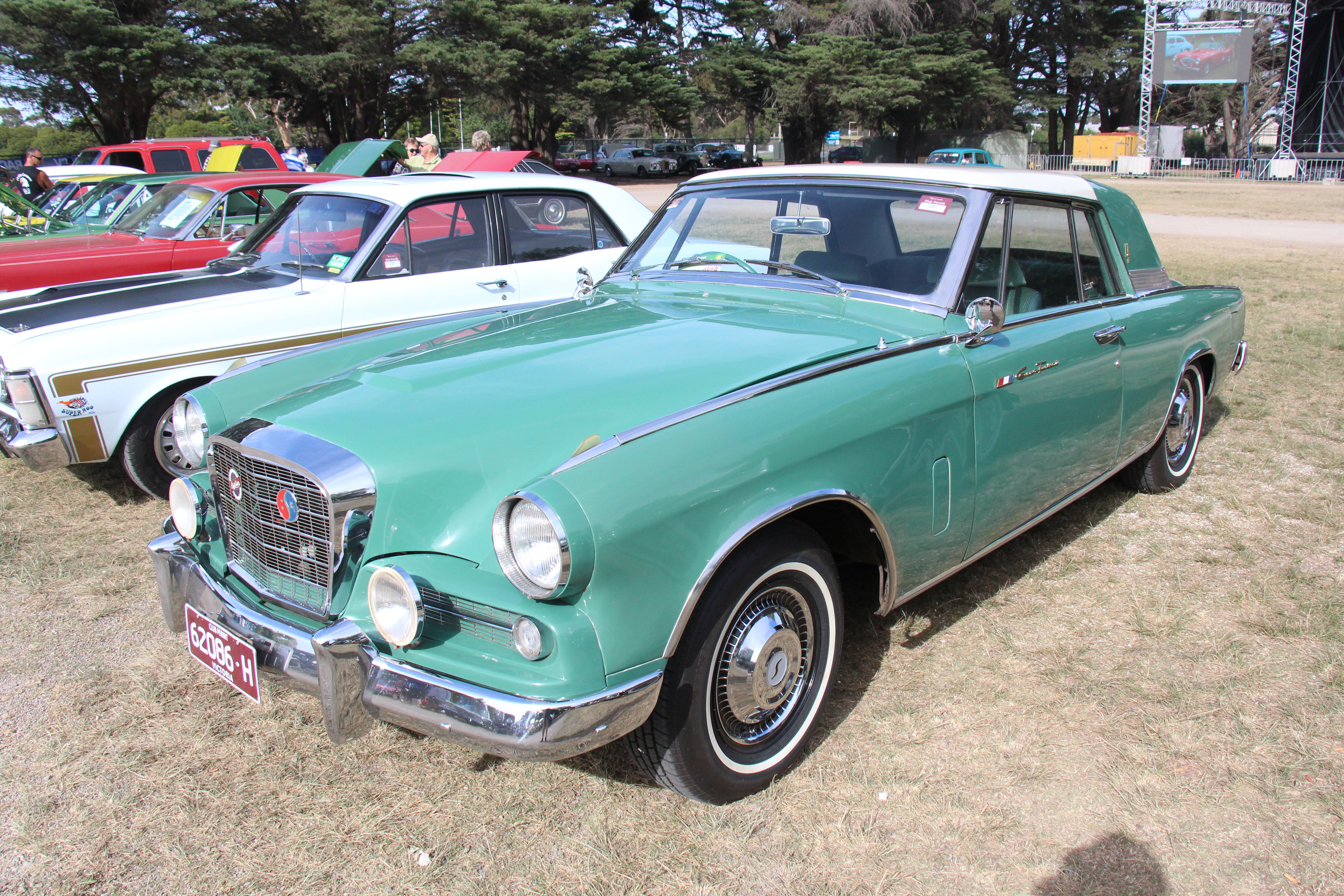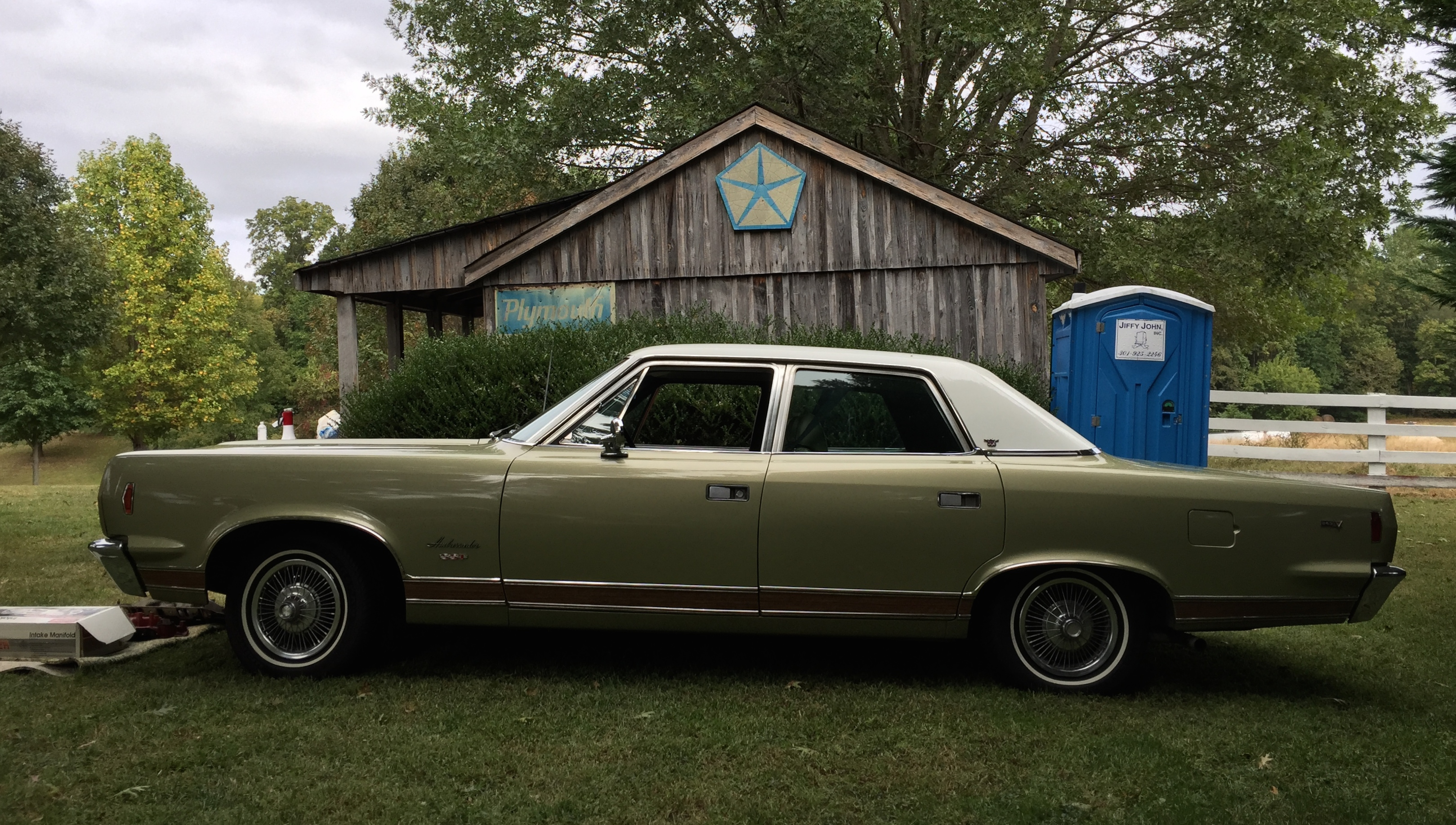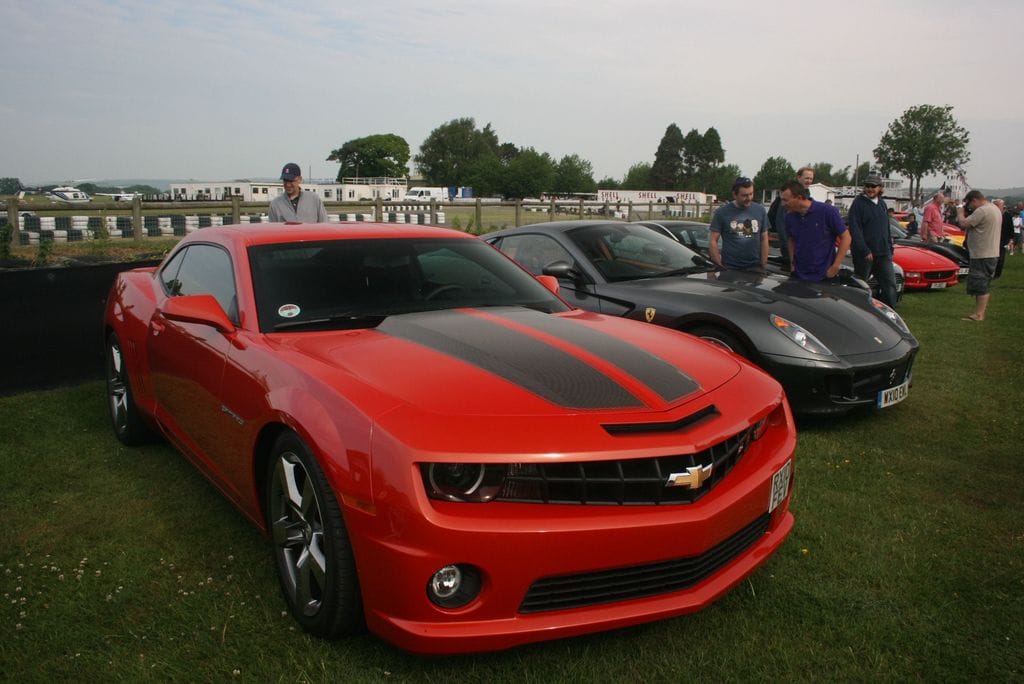
There’s something undeniably captivating about the vintage car advertisements of the 1960s. These aren’t just mere pictures of vehicles; they are portals to a bygone era, masterpieces of commercial art that sold more than just transportation—they sold a dream, a lifestyle, a slice of the American (and global) idyll. For many, these impressive photo collections of vintage car advertisements from the late 1950s and 1960s evoke a powerful sense of nostalgia, reminding us of a time when the open road truly beckoned with limitless possibilities. Back then, long before social media feeds and fleeting TV spots, postcards were a primary go-to method for advertising luxury vehicles, each one a carefully crafted illustration designed to embody the essence of opulence and promote the makes and models that defined the decade.
Indeed, the 1960s represented a truly distinct decade in automobile history. It was a period marked by significant shifts, witnessing the emergence of entirely new categories like economy, muscle, and pony cars, which would forever alter the automotive landscape. Crucially, this era also saw the American automobile industry consolidate its power into what became known as the Big Three – General Motors, Ford, and Chrysler – alongside American Motors. These dominant firms didn’t just rule the domestic market; they asserted their influence globally. In fact, in 1960 alone, American companies were responsible for building a staggering 93 percent of the autos sold within the United States, and an impressive 48 percent of the world’s total.
Yet, what truly makes these advertisements fascinating is how they leveraged the power of fantasy over the constraints of reality. As the saying goes in advertising, fantasy sells better than the reality, and the commercial artists of the 1960s were masters of this craft. They weren’t afraid to exaggerate; they consistently portrayed cars with proportions that were wider, lower, and more sleek than the actual vehicles, creating an idealized vision that resonated deeply with aspiring consumers. This artistic license allowed them to craft dazzling, movie-like stories within a single frame, inviting readers to envision a more luxurious, exciting life—a life just a dealership visit away. We’re about to take a journey through some of the most memorable luxury car ads from this incredible period, exploring how they mirrored and shaped the dreams of a generation.

1. **1962 Rambler American Convertible**Imagine this postcard: “Nothing says 1960s luxury like a group of attractive people laughing on their way out of a sleek motorboat and into a yellow Rambler American convertible.” This vivid scene, rich with the joyous abandon of leisure, is a prime example of how advertisers crafted aspirational narratives. It immediately transports you to a carefree, sun-drenched day, showcasing the Rambler not just as a mode of transport, but as an integral part of an enviable, high-spirited lifestyle. The image deliberately connects the car with upscale recreational activities, subtly elevating its status.
However, the Rambler’s true market position offers a fascinating contrast to this luxurious portrayal. American Motors’ Rambler was, at its heart, an economy car, having made its debut in the 1950s, a notable step ahead of the Big Three’s eventual compact offerings. It held another significant distinction, being “the first car to offer seat belts as an option,” a forward-thinking safety feature that highlights its practical, family-oriented roots even as advertising pushed a glamorous image. This duality—economy meets aspiration—makes its advertisements particularly intriguing.
The early 1960s marked a pivotal moment for economy cars in America. The “growing presence of imports” like Volkswagen, Fiat, Renault, Datsun (Nissan), and Hillman began to “nibble their way into the rich American market,” a development that naturally “disturbed Detroit.” In response, the Big Three launched their own small cars, such as GM’s Corvair, Ford’s Falcon, and Chrysler’s Valiant. These new American “compact” cars, designed to save gas and be economical, quickly began to siphon off a significant portion of AMC’s customer base. This intense competition ultimately contributed to the “demise of the Rambler in 1968.”
Despite these looming market challenges and its foundational identity as an economical choice, the 1962 Rambler American Convertible advertisement masterfully sidestepped practicality to sell a dream. By associating the car with luxury leisure activities and a vibrant social scene, the marketing team aimed to imbue the Rambler with a sense of aspirational fun. It sought to convince potential buyers that even an economical car could embody the joyful, stylish, and utterly desirable spirit of the burgeoning 1960s, inviting them to picture themselves living that ideal life.
Read more about: The Smart Money’s Secret: 8 Undervalued Classic Cars Experts Say Are Poised for Significant Appreciation

2. **1960 Buick Electra**The 1960 Buick Electra advertisement is an unapologetic declaration of traditional 1960s luxury. Described as featuring a “sharp blue, chromed-out Electra” dramatically “plopped…in front of a swanky mansion at a black-tie event,” this ad simply “oozes opulence, folks.” It leaves no room for subtlety, directly positioning the vehicle within an exclusive, high-society context. Every element, from the car’s gleaming aesthetics to its grand backdrop, screams affluence and established prestige, making it a powerful visual statement about status.
This advertisement perfectly illustrates the continuing dominance of full-sized cars in the early 1960s market. While attention-grabbing categories like personal luxury, pony, and muscle cars were beginning to emerge, the context clearly states that “the full-sized cars formed the bulk of auto sales in the 1960s, helped by low oil prices.” The Buick Electra, as a prime example of a luxurious full-sized vehicle, catered directly to this established and substantial market segment, offering comfort, space, and an undeniable presence on the road that resonated with a broad swathe of affluent consumers.
In terms of design, the Electra embodies the tail-end of certain stylistic trends while hinting at new directions. Its “sharp blue” finish and “chromed-out” details speak to a period where embellishment was still a significant aspect of luxury car design. However, the decade would soon see a gradual move away from some of the more extreme “styling excesses and technological gimmicks (such as the retractable hardtop and the pushbutton automatic transmission) of the 1950s.” By the mid-1960s, “rear fins were downsized and largely gone…as was the excessive chrome,” making this 1960 Electra a beautiful representation of early 60s grandeur before those significant aesthetic shifts.

3. **1964 Buick Wildcat**The 1964 Buick Wildcat advertisement presents a striking vision of automotive luxury, asserting that “1960s luxury cars look better parked shoreside with a lit-up bridge behind them. Ambiance is important.” This description immediately highlights the critical role of setting in automotive advertising of the era. The Wildcat is not just displayed; it is presented within a carefully curated, picturesque environment designed to enhance its appeal and create a strong emotional connection with the viewer. The choice of a dramatic, illuminated backdrop transforms a simple car into an object of desire nestled in a dreamlike scene.
The context reiterates the principle that “the background shows you the setting, it sets the ambience.” In the case of the Wildcat, the shoreside location with a “lit-up bridge” is a masterclass in establishing a sophisticated and perhaps even romantic atmosphere. It suggests a lifestyle of scenic drives, leisurely pursuits, and an appreciation for beauty, aligning the car with experiences that go beyond mere functionality. Such carefully chosen backdrops were essential in painting a complete picture of luxury and aspiration for potential buyers.
Like many of the “remarkable illustrations” from commercial artists such as Art Fritz and Van Kauffman, this ad likely benefits from the artistic principle that “in advertising, fantasy sells better than the reality.” These artists frequently “exaggerated the proportions of the cars to be wider, lower, and more sleek than the actual car,” creating an idealized vision. The Wildcat, presented in such an idyllic, almost surreal setting, embodies this blend of artistic embellishment and aspirational living, making the vehicle part of an enviable fantasy rather than a mundane reality.
While explicitly categorized as a luxury car, the name “Wildcat” itself carries an underlying suggestion of performance and power, reflecting a growing consumer appetite in the 1960s. The decade was becoming “a time when American consumers wanted faster cars,” a demand that eventually led to the evolution of the muscle car. Even if the Wildcat wasn’t a dedicated muscle car, its nomenclature and powerful stance in the advertisement subtly tap into this emerging desire for spirited driving, suggesting a blend of luxurious comfort with dynamic capability, resonating with a market increasingly seeking both prestige and excitement.
Read more about: The Unsung Heroes: 12 Vintage Station Wagons That Outran and Outclassed Minivans

4. **1963 Studebaker Gran Turismo Hawk**“This advertisement for the ’63 Gran Turismo Hawk has ‘jetsetter’ written all over it, adding to the car’s luxurious nature.” This compelling description paints a picture of ultimate sophistication and global mobility. The ad goes further, featuring a “well-dressed woman sitting on top of her fancy baggage” and “global destinations strewn on the grass,” crafting a powerful narrative that positions the Gran Turismo Hawk as the quintessential vehicle for the elite traveler. It’s a clear invitation to a world of exclusive experiences and effortless style, appealing directly to those who dream of adventure and high-class travel.
This advertisement exemplifies the dazzling “story” that commercial artists like Fritz and Kauffman aimed to tell. The narrative here is not merely about owning a car; it’s about embracing a lifestyle. These artists created “movie-like stories” that suggested that “others are living better than you, and all you need is to talk to your…dealer and you can join their club.” The Hawk ad effectively uses its visual elements to immerse the viewer in a fantasy of international travel and glamorous living, making the car a key to unlocking that aspirational world. It’s an intoxicating blend of desire and possibility, wrapped up in a sleek automotive package.
The detailed, “remarkable illustrations” prevalent in 1960s advertising, often by artists like Art Fritz and Van Kauffman, utilized distinct “colors, composition, and subject matter…unique to that era.” The Gran Turismo Hawk ad is a prime example of this artistic mastery, where every element—from the elegant figure to the exotic locations—is meticulously crafted to evoke a sense of aspiration and exclusivity. These artistic choices created advertisements that were not just informational but profoundly evocative, leaving a lasting impression on the viewer and cementing the car’s image as an object of desire for the discerning buyer.

5. **1968 AMC Ambassador**The 1968 AMC Ambassador advertisement cleverly uses a familiar scene to convey its luxury message: “What better way to showcase a 1960s luxury car than by staging a valet situation outside of a high-class hotel? The marketing team at AMC knew exactly what they were doing.” This scenario immediately places the Ambassador in a context of premium service and discerning clientele, signalling to the viewer that this vehicle belongs in the echelons of high society. It’s a direct, effective way to communicate status and the privileged lifestyle that comes with owning such a car.
American Motors, while known for its pioneering role in economy cars with the Rambler, also aimed to compete squarely in the luxury segment with models like the Ambassador. This advertisement highlights AMC’s strategic ambition to challenge the dominance of the Big Three (General Motors, Ford, and Chrysler) not only in terms of practicality but also in perceived prestige and market share. The valet scene is a clear statement of intent, demonstrating that the Ambassador could hold its own among the most exclusive vehicles of the era, offering a blend of sophistication and an appealing price point to discerning buyers.
The narrative woven by this advertisement perfectly aligns with the broader strategy of 1960s car advertising, where the ultimate goal was to make the viewer feel part of an exclusive world. As the context suggests, these ads tell you “that others are living better than you, and all you need is to talk to your…dealer and you can join their club.” The image of a valet attending to an Ambassador outside a “high-class hotel” is a powerful invitation into this aspirational realm, suggesting a life of convenience, respect, and effortless luxury that the car facilitates.
By 1968, the automotive industry was also increasingly responding to growing demands for safety. Federal Motor Vehicle Safety Standards, enacted under the National Traffic and Motor Vehicle Safety Act of 1966, had begun to require crucial features like “shoulder belts for front passengers, front head restraints, energy-absorbing steering columns, ignition-key warning systems, and anti-theft steering column/transmission locks, side marker lights, and padded interiors starting in 1968.” While the ad focuses on luxury, the Ambassador, as a contemporary model, would have incorporated these advancements, subtly blending its high-class image with the era’s evolving safety consciousness.

6. **1964 Plymouth Fury**The 1964 Plymouth Fury advertisement is a testament to the power of simplicity in conveying automotive appeal. The context notes, “The simplicity of this advertisement allows the Fury to be the star of the show, err, we mean ad.” This direct approach focuses the viewer’s attention squarely on the vehicle itself, letting its design, lines, and presence speak volumes without the need for overly elaborate backdrops or complex narratives. It’s a clean, confident presentation that trusts the car to captivate on its own merits.
This straightforward presentation aligns with a core principle in the advertising philosophy of the era, particularly evident in the work of commercial artists like Fritz and Kauffman: “the car begins in the foreground, pulling right up to you, the reader. It almost drives off the page. The car is the real star.” The Fury ad, by embracing simplicity, ensures that the vehicle commands immediate attention, making a bold, uncluttered statement about its inherent desirability and modern appeal, truly putting the car in the spotlight.
By 1964, America’s automotive landscape was undergoing a significant shift, as the 1960s became “a time when American consumers wanted faster cars.” This demand was the fertile ground from which the muscle car evolved, with Pontiac’s GTO igniting the craze that very year. While the Fury line offered a range of models, the name itself suggested performance and dynamism, allowing the ad to subtly tap into this burgeoning desire for speed and excitement. Plymouth, as part of Chrysler, was quick to introduce its own performance-oriented vehicles, such as the Barracuda, which, surprisingly, was launched two weeks *prior* to the iconic Mustang, marking its early entry into the ‘pony car’ segment.
The styling of the 1964 Fury also reflects the broader design trends of the mid-1960s. The “rear fins were downsized and largely gone by the mid-1960s, as was the excessive chrome.” The ad’s simplicity likely emphasizes the cleaner, more integrated lines of the Fury, moving away from the more pronounced ornamentation of earlier models. This aesthetic shift, combined with the underlying hint of performance, positions the Fury as a modern, stylish, and capable vehicle, perfectly capturing the spirit of a changing decade where design was becoming more streamlined yet still unmistakably American.
Read more about: The End of an Era: 14 Iconic Muscle Cars That Roared into Automotive History But Faded from the Mainstream

7. **1962 Buick Skylark**The 1962 Buick Skylark advertisement masterfully works to establish the vehicle’s elevated status, declaring that “this advertisement makes it known that the Skylark is one of the most luxurious rides of the 1960s.” This statement underlines the ad’s primary goal: to convince potential buyers of the Skylark’s premium quality and sophisticated appeal. It aims to create an aura of exclusivity and refined taste around the car, signaling it as a choice for those who appreciate elegance and superior driving experiences in the early years of the decade.
Unlike ads that might flaunt overt displays of wealth, the Skylark ad likely relies on a more subtle artistry to convey luxury. Drawing from the practices of commercial artists like Art Fritz and Van Kauffman, these “remarkable illustrations” used distinct “colors, composition, and subject matter” to evoke desirability. The name “Skylark” itself suggests lightness, freedom, and a touch of poetic grace, which the advertisement would have skillfully translated into visuals that emphasized comfort, smooth lines, and an overall sense of effortless sophistication, appealing to a nuanced appreciation for quality.
The enduring appeal of sophisticated design in 1960s advertising is clearly demonstrated by the Skylark’s portrayal. Advertisers of this period, with more substantial space and the luxury of time for “people…loung[ing] poolside with a magazine on their lap, flipping slowly through each page as they sipped their Manhattan,” had the opportunity to craft intricate and memorable impressions. Such ads, featuring compelling visuals and carefully constructed narratives, aimed to solidify the Skylark’s place in the luxury conversation, ensuring that its image as a desirable, high-end vehicle resonated deeply with the contemporary car buyer, establishing its legacy for years to come.

8. **1967 Buick Invicta**Feast your eyes on the 1967 Buick Invicta advertisement, a true testament to refined luxury and sophisticated visual artistry. The description “Sharp details, a candy apple paint job, chrome accents, and a blurred background? Oh, the Invicta is fancy, huh?” perfectly captures the essence of this ad’s appeal. It’s an immediate invitation to appreciate the finer points of automotive design, presented with a touch of conversational charm that makes the luxury feel attainable, or at least highly desirable.
By the mid-1960s, the automotive aesthetic was consciously moving away from the more flamboyant excesses of the previous decade. The context notes that “the styling excesses and technological gimmicks (such as the retractable hardtop and the pushbutton automatic transmission) of the 1950s were de-emphasized.” You can see this shift in the Invicta’s presentation, which likely showcases cleaner lines and a more integrated design, even with its “chrome accents.” The “candy apple paint job” speaks to a modern flair, reflecting an evolution in how luxury was perceived and presented.
The use of a “blurred background” is a clever artistic principle at play here. This technique isn’t just for aesthetics; it’s a strategic choice by the commercial artists. It ensures that “the car begins in the foreground, pulling right up to you, the reader. It almost drives off the page. The car is the real star.” By blurring the surroundings, the advertisement spotlights the Invicta, making it the undeniable focal point and allowing its inherent elegance and details to command the viewer’s full attention, drawing them into the car’s presence.
As a Buick, the Invicta firmly belonged to the full-sized luxury segment, which, despite the rising popularity of muscle and pony cars, still “formed the bulk of auto sales in the 1960s, helped by low oil prices.” This ad was designed to appeal to consumers who valued traditional comfort, space, and a commanding presence on the road. Furthermore, being a 1967 model, it would have been on the cusp of significant regulatory changes. The Federal Motor Vehicle Safety Standards, enacted in 1966, mandated new safety features like “shoulder belts for front passengers” and “energy-absorbing steering columns” starting in 1968, hinting at a future where luxury would also increasingly incorporate safety as a core value.

9. **1962 Ford Galaxie 500 Sunliner Convertible**Prepare for a dose of pure, unadulterated “upper-class” aspiration with the 1962 Ford Galaxie 500 Sunliner Convertible advertisement. This ad “reeks ‘upper-class,’” presenting a scene so idyllic it almost defies belief: “There’s no way on Earth these smiling sweethearts got out of their fancy red convertible, skipped over to their yacht, and opened up that picnic basket to bologna and government cheese sandwiches.” This witty commentary perfectly encapsulates the ad’s masterful use of fantasy to sell a dream far grander than mere transportation.
The creative minds behind these advertisements, like the celebrated commercial artists Art Fritz and Van Kauffman, were masters of illusion. They understood that “in advertising, fantasy sells better than the reality.” This particular ad for the Galaxie 500 doesn’t just show a car; it constructs an entire aspirational narrative. It crafts a dazzling story, implying that “others are living better than you, and all you need is to talk to your… dealer and you can join their club.” It’s an irresistible invitation to a life of yachts, picnics, and carefree romance.
As we conclude our deep dive into these captivating retro luxury car ads from the 1960s, it’s clear that this era was a golden age for automotive advertising. These aren’t just old pictures; they are vibrant historical documents, each a miniature narrative crafted with artistic flair and psychological insight. Commercial artists like Art Fritz and Van Kauffman, with their mastery of color, composition, and storytelling, didn’t just showcase cars; they created compelling visions of aspirational lives, from jet-setting adventures to idyllic suburban dreams. They exaggerated, they romanticized, and they invited a generation to believe that a better, more exciting life was indeed just a dealership visit away.


